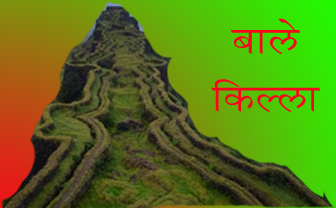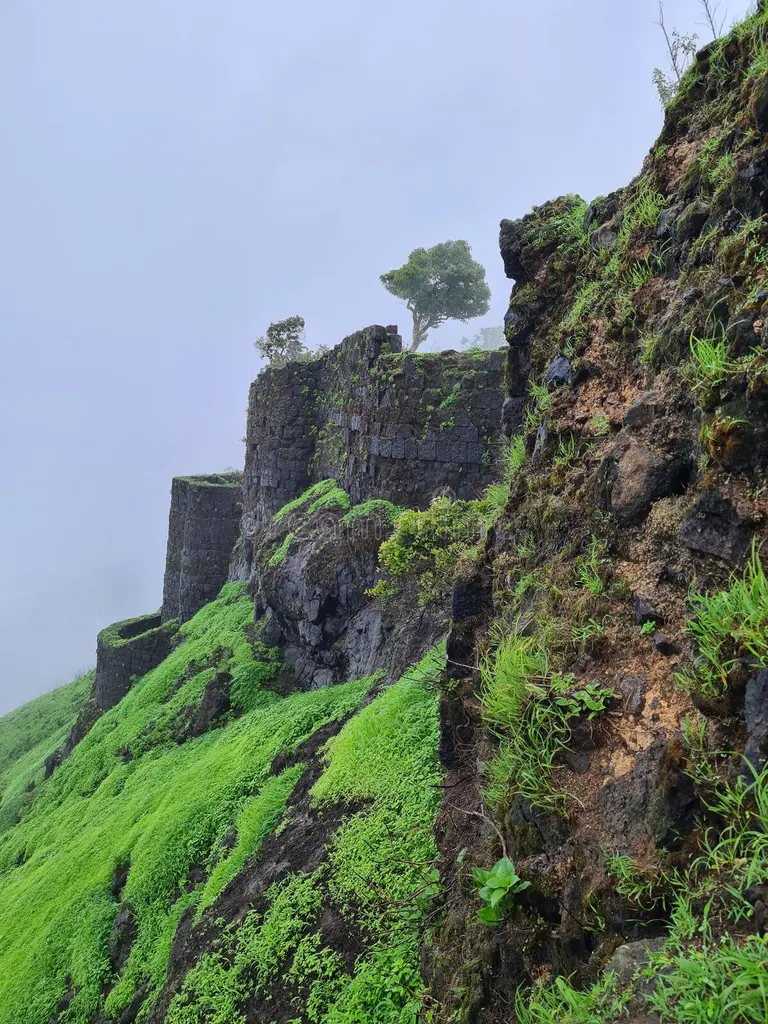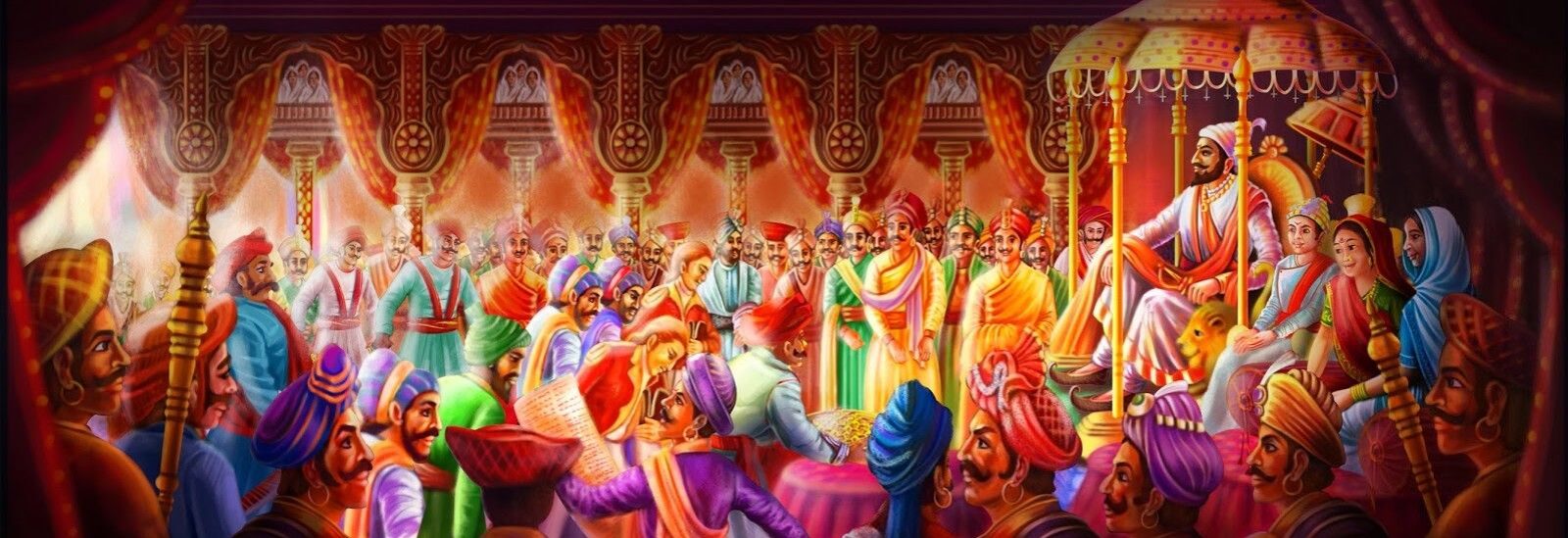Internal Fort (बालेकिल्ला) :
Internal Fort (बालेकिल्ला) means fort upon fort. In simple language, a very important and possibly central part of the fort. Also the highest part of the fort. Internal Fort mainly had buildings like Sadar, Wade, Rajwada etc. It was possible to face the enemy during the attack from the internal fort.
Example: Abhay is the internal fort of Rajgad and it is also known as the tallest internal fort.

Fortifications (तटबंदी):
The rampart of a fort is the shore and the fortification of a fort is the fence of the fort or a kind of armor of the fort. The fortification depends on the geographical structure of the fort. It is mainly constructed using materials like bricks, mud, stone, jaggery and lime. Attempts should be made to make it impenetrable so that it can bear the impact of cannons and natural objects. Its height, thickness, width should be built according to the need at each place. In the pre-Shiva era, the fortifications were made of wooden planks or mud. But as progressed, stone and brick were used.

Tower (बुरूज):
A bastion (बुरूज) is a key position for firing and patrolling the fort, firing guns. If the number of bastions is more, then each tower should be given a specific name. Like, Elephant Burooz, Waghjai Burooz etc.

Armored Tower (चिलखती बुरूज):
It can be called a subtype of Buruj itself. Another bastion outside the regular bastion is the armored bastion.

Phanji (फांजी):
The inner side of the fortification was leveled and it was called Phanji. It was used by soldiers/Mawlas to patrol the fort (a day and night armed guard of soldiers on the fort).

Continue reading with Part II
or goto Part III, Part IV, Part V, Part VI, Part VII, Part VIII, Part IX, Part X, Part XI


Pingback: Elements of Fort (Part XI) – Chatrappati Blogging
Pingback: Elements of Fort (Part VI) – Chatrappati Blogging
Pingback: Elements of Fort (Part VIII) – Chatrappati Blogging
Pingback: Elements of Fort (Part IV) – Chatrappati Blogging
Pingback: Elements of Fort (Part II) – Chatrappati Blogging
Pingback: Elements of Fort (Part IX) – Chatrappati Blogging
Pingback: Elements of Fort (Part V) – Chatrappati Blogging
Pingback: Elements of Fort (Part III) – Chatrappati Blogging
Pingback: Elements of Fort (Part VII) – Chatrappati Blogging